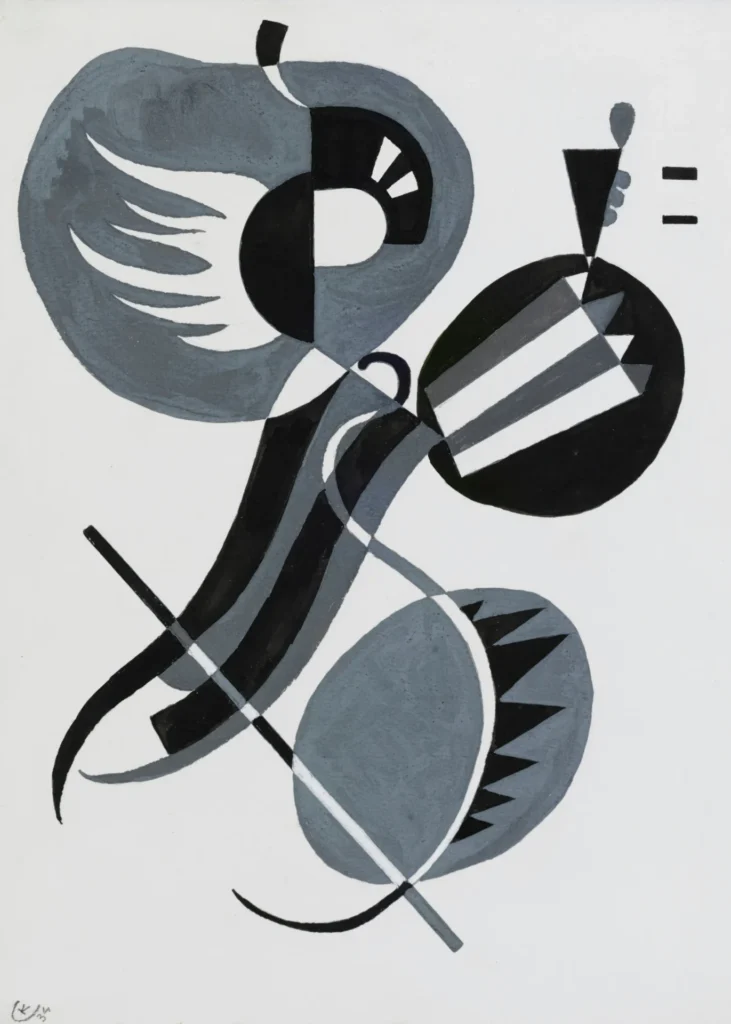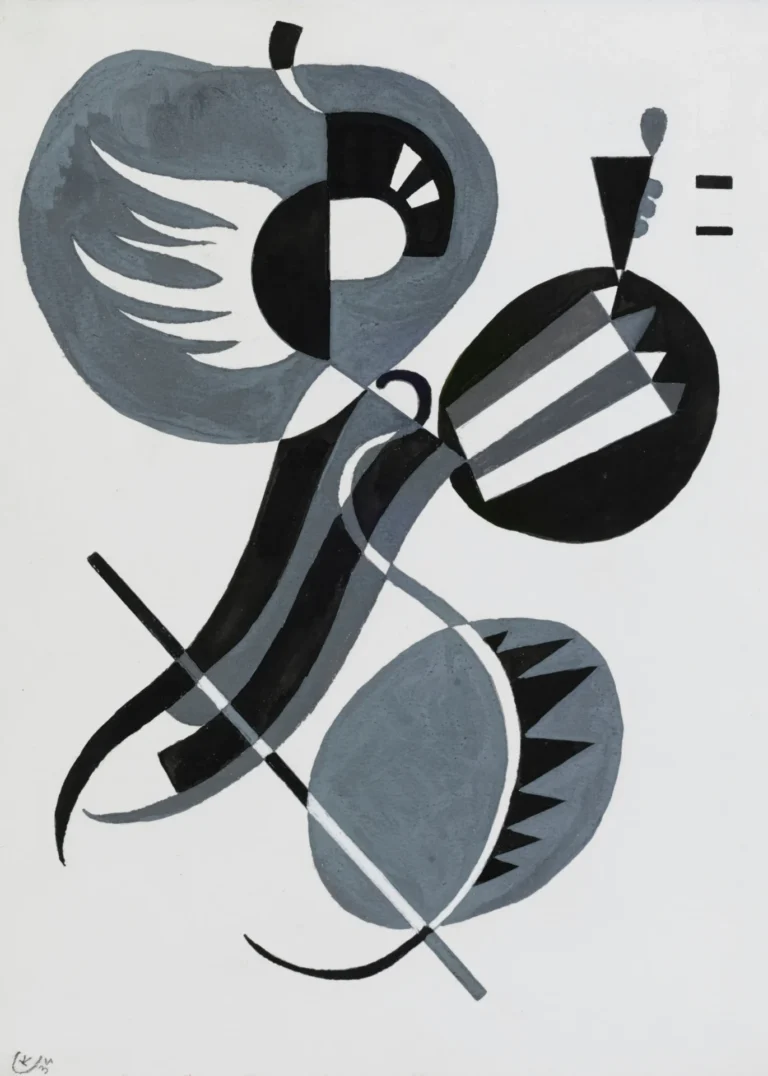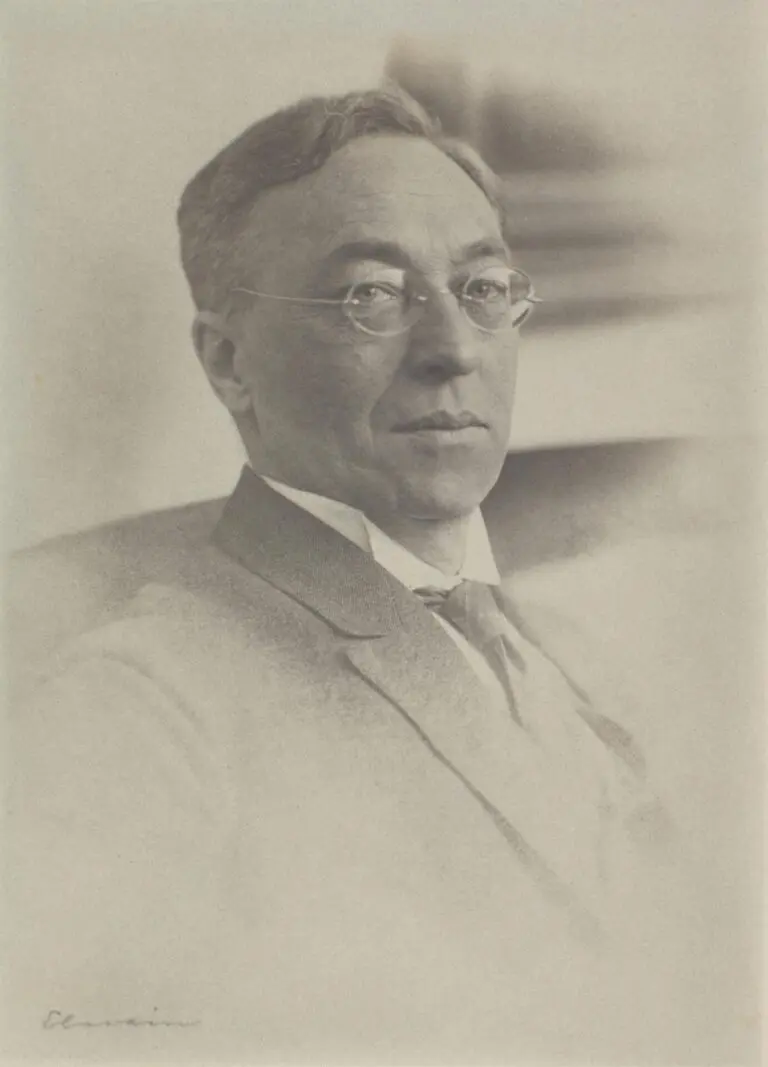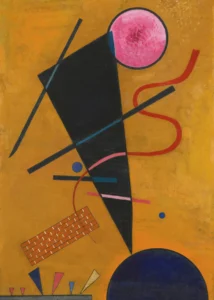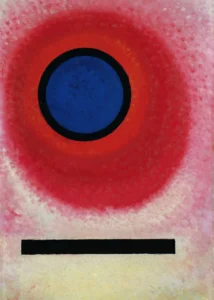Sans Titre (1934)
Created in 1934 by Russian artist Wassily Kandinsky, Sans Titre is an exquisite example of abstract art, executed in tempera and ink on paper. Measuring 12 3/8 inches by 9 5/8 inches, it brilliantly showcases Kandinsky's hallmark geometric shapes and vibrant colors. His distinctive expressive lines reflect his deep understanding of the relationships between color and emotion, contributing significantly to the narrative of modern art. Kandinsky’s works are highly valued, bridging the gap between emotions and artistic expression.
Year 1934
About the Artwork
Wassily Kandinsky, often heralded as the father of abstract art, created Sans Titre in 1934 as part of his exploration into the psychological dimensions of color and form. The artist believed that art could resonate with the viewer on an emotional level without the need for representation of the physical world. This work illustrates his commitment to non-objective art, where the focus is on the intrinsic qualities of color and line. Kandinsky’s background in music deeply influenced his artistic philosophy; he perceived colors as analogous to musical notes, which informed his approach to composition. Sans Titre stands as a testament to both Kandinsky's revolutionary vision and the vibrant energy of early 20th-century art.
Did You Know
Kandinsky believed that colors have inherent emotional qualities, akin to music. He often composed his artworks like musical pieces, where each color and form played a specific role in creating harmony.
In Kandinsky’s works, geometric shapes are not purely decorative but are imbued with meaning. For him, circles represented the spiritual, while expressive lines reflected emotional experiences.
Wassily Kandinsky’s innovations have significantly influenced a multitude of art movements, including Abstract Expressionism and Conceptual Art, making his artworks, like Sans Titre, not just visually stunning but historically vital.




